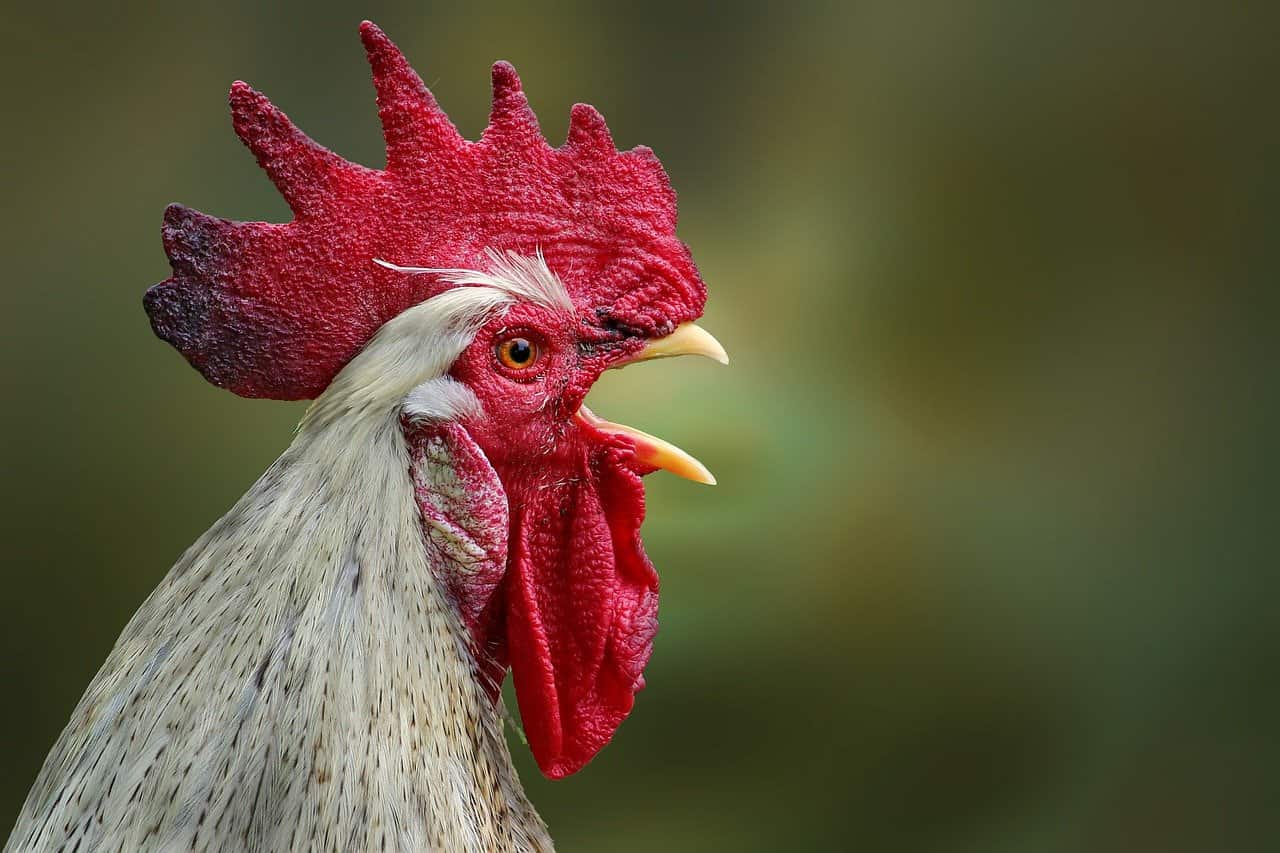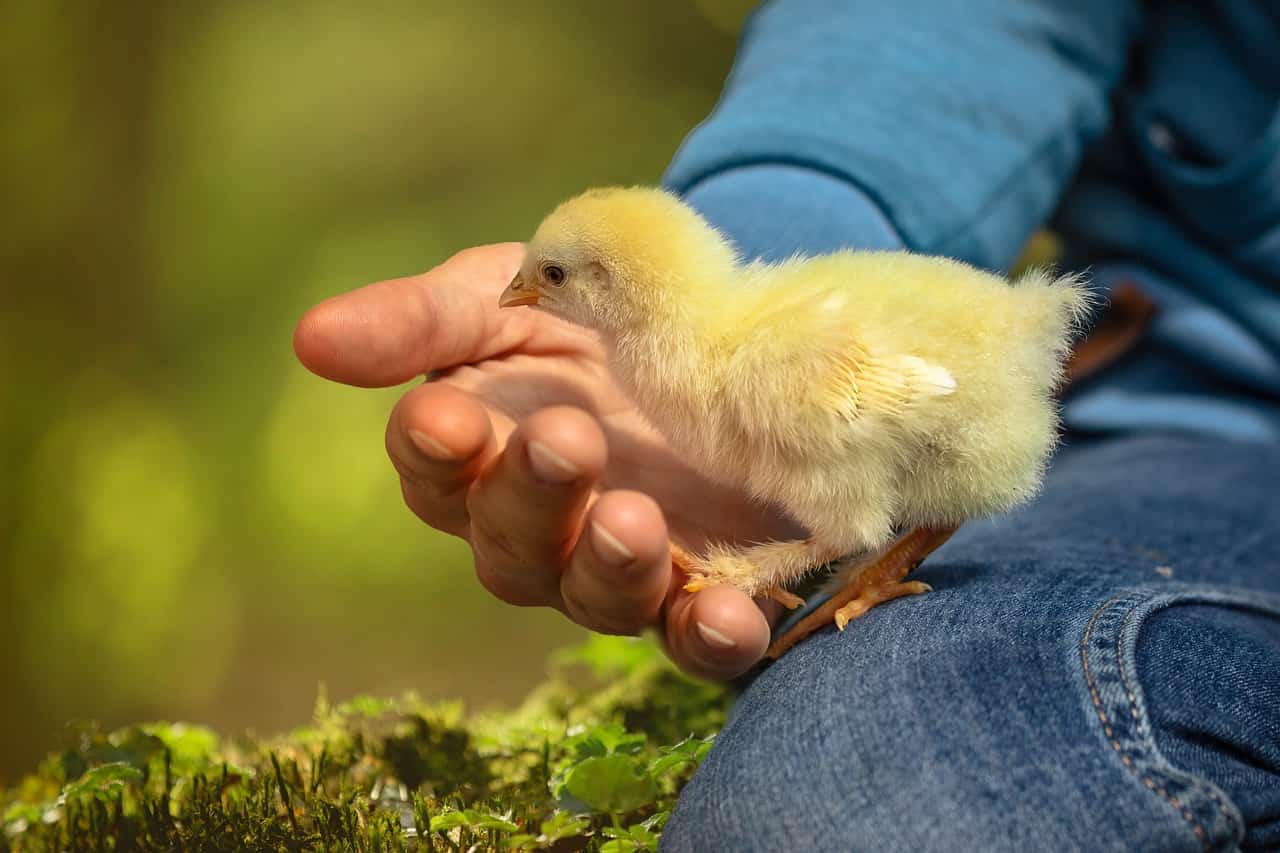
Although they can’t speak, many animals communicate using all sorts of signals. These include auditory cues like a bird’s chirp, chemical cues like a mouse’s pheromones, or tactile cues like apes picking bugs off each other for grooming and to display affection. Typically, individuals belonging to the same species are finely attuned to these — sometimes very subtle — communication signals. But that doesn’t mean we can’t understand some of them.
Humans are great, for instance, at telling whether a dog is feeling hungry, excited, playful, or afraid. Now, a recent study has brought to light our surprising proficiency in deciphering the emotions of a rather unexpected creature: the chicken. This discovery not only challenges our understanding of human-animal communication but also underscores our deep-seated connection with the animal kingdom.
The Language of Clucks
Picture a farmyard: the rustle of feathers, the clucking of hens. These sounds, often mere background noise, hold a wealth of emotional information. Researchers from the University of Queensland, led by Joerg Henning, have uncovered that humans possess an intuitive ability to understand basic chicken emotions like excitement and discontent, simply through their clucks.
The study, published in Royal Society Open Science, involved nearly 200 participants from diverse backgrounds, including those without any prior experience with chickens. Participants listened to various hen clucks, ranging from rapid ‘tuk-tuk-tukking’ to low, growly gakels.
“Two calls were produced in anticipation of a reward, which we called the ‘food’ call and the ‘fast’ cluck,” Henning said in a press release.
“Two other call types were produced in non-reward contexts, such as food being withheld, which we called the ‘whine’ and ‘gakel’ calls.”
Remarkably, about 70 percent of the participants correctly matched the clucks with the corresponding emotions.
“This is a remarkable result and further strengthens evidence that humans have the ability to perceive the emotional context of vocalizations made by different species,” Henning said.
Beyond Beaks and Feathers


Chickens, often misunderstood and underestimated, communicate in complex ways. While they lack expressive faces (blame the beak), they make up for it with their vocalizations. In fact, their sounds convey a wide array of emotions. From the excited clucking to the special scream-song of egg-laying, these creatures use their unique voices to express themselves in ways most people don’t expect.
Henning’s research sought to explore whether humans could pick up on these nuances from sound alone. The results were positive and surprising — familiarity with chickens had little to do with the ability to interpret these emotions. This finding suggests that our connection to chickens, and perhaps other animals, is more innate than learned.
This ability to understand distress or contentment in animals is fascinating on many different levels. It highlights our deep-rooted connection with the natural world. By tuning in to these subtle cues, we not only understand animals better but also become more aware and responsive to our surroundings. There most likely is an evolutionary edge to this tuning with other creatures. Identifying that a lion’s growl or a wolf’s snarl spells trouble saved our ancestors’ lives.
This newfound understanding of chicken communication also has practical implications. Recognizing chickens as dynamic, emotional beings challenges the conventional approach to animal husbandry and industrial farming. It adds to the growing case for more humane treatment of farm animals. By acknowledging their emotional states, we can improve chicken welfare and, in turn, deepen our connection with the animal world — and this includes farm animals.
“Our hope is that in future research, specific acoustic cues that predict how humans rate arousal in chicken calls could be identified, and these results could potentially be used in artificially intelligent-based detection systems to monitor vocalizations in chickens,” Henning said.
“This would allow for the development of automated assessments of compromised or good welfare states within poultry management systems.
